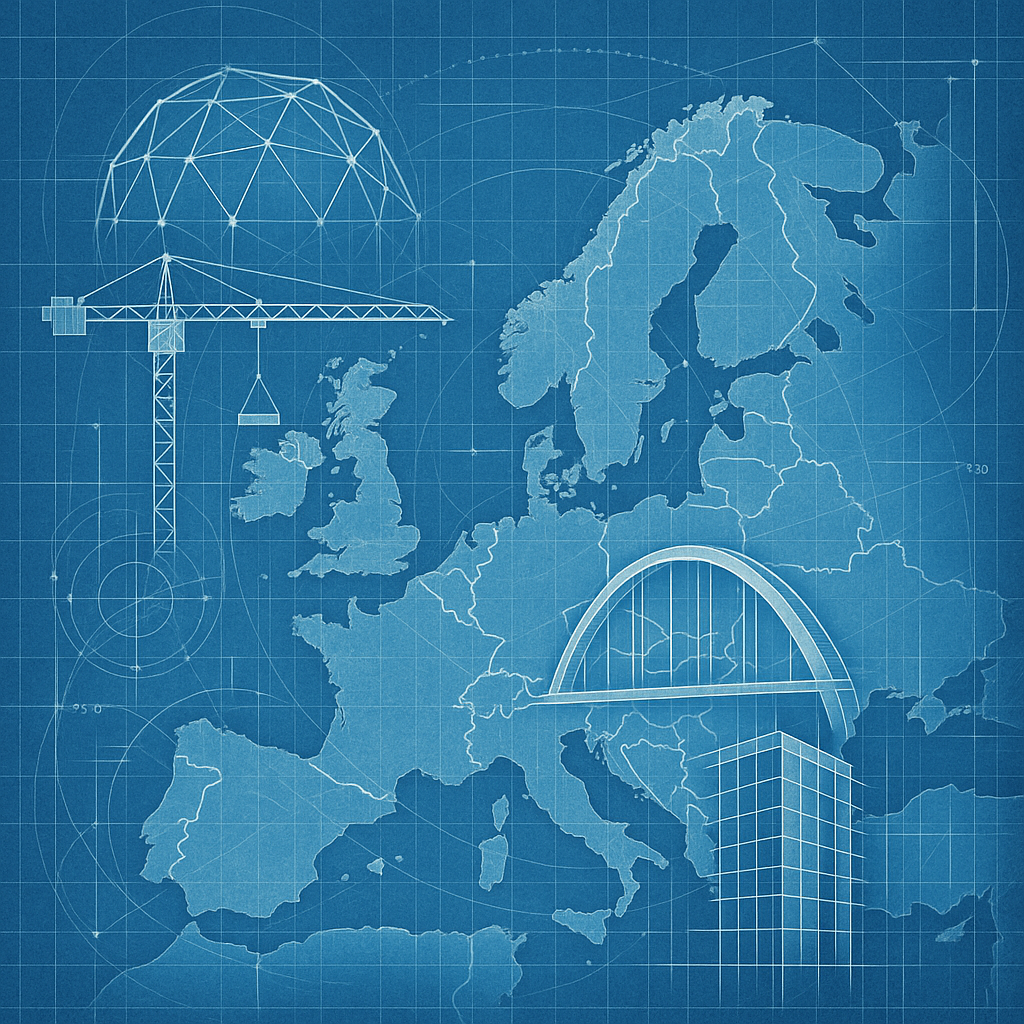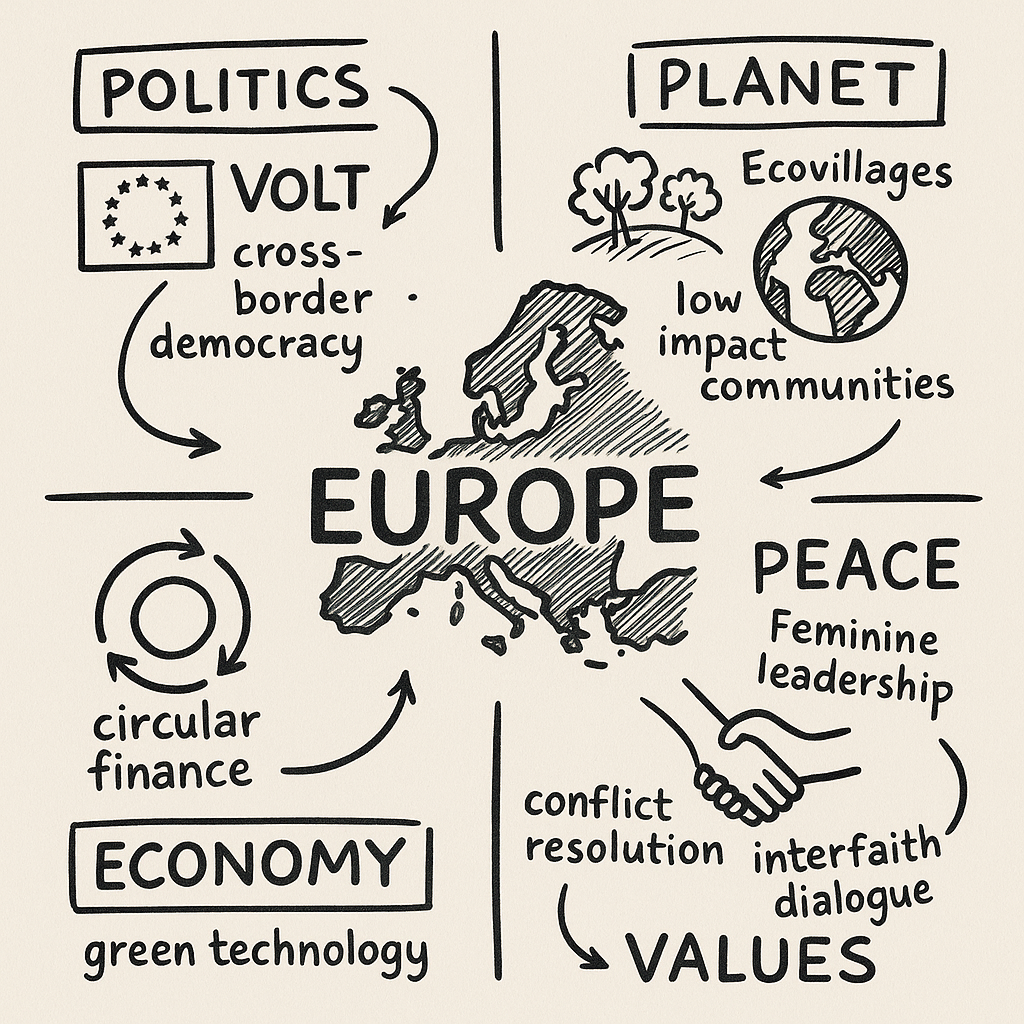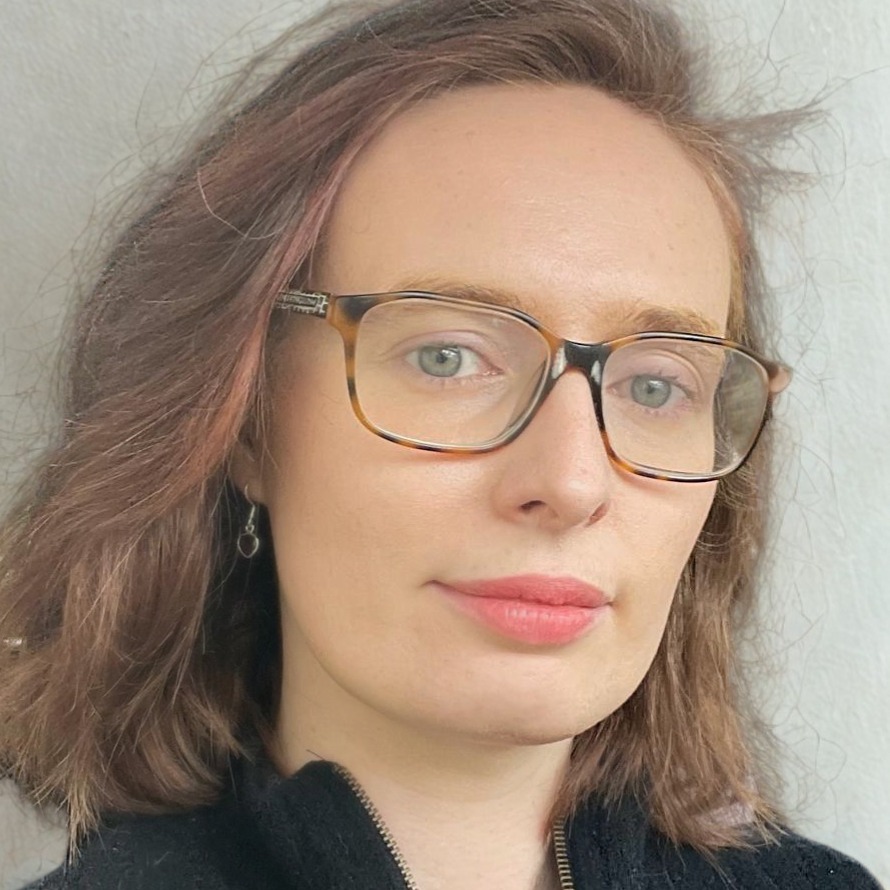Europe today is caught between the urgent and the essential. Governments scramble to patch immediate crises — from spiralling energy prices to migration spikes — while the essential task of building a sustainable, peaceful future slips from view. The result is a continent that often appears paralysed, not because Europe lacks vision, but because national short-term politics keep overwhelming shared commitments. From a futurist’s perspective, this constant firefighting is a dangerous distraction: it blinds us to the signals of tomorrow that are already here, and are waiting to be scaled.
Recent examples make this clear. Germany’s government backtracked on climate legislation after a backlash over household heating rules, diluting one of Europe’s key steps toward net zero. France fought to have nuclear reclassified as “green” in the EU’s taxonomy, fracturing momentum on renewables. In Italy, Giorgia Meloni struck unilateral deals with Tunisia to block migrant boats, undermining solidarity in the Union. Hungary has repeatedly vetoed European aid to Ukraine, while Poland demands coal exemptions from EU climate targets. Each of these cases shows how fragmented agendas chip away at collective credibility.

At the same time, undercurrents of religious tension ripple across the continent. In Kosovo, interethnic violence flared again when Serb militants attacked Kosovo police, prompting fresh NATO deployment. In Sweden, public Quran burnings sparked international protests and forced Denmark to reinstate legal protections against religious desecration. Both cases reveal how fragile coexistence remains when provocation and division are left unchecked.
Yet these fractures do not tell the whole story. From a futurist standpoint, they appear less as isolated crises and more as early tremors in the bedrock of a new Europe being built. Across the continent, in politics, ecology, peace, faith, and now digital economies — we see fractal experiments that hint at structural change. These are not merely responses to the present; they are signals of possibility.
In the futures community, platforms like Futures4Europe have been mapping such catalytic shifts, exploring “symbiotic futures” where governance, urban resilience, and collective intelligence converge. Similarly, major foresight surveys — like the Atlantic Council’s Global Foresight 2025 — frame phenomena such as misinformation targeting Gen Z, enhanced geothermal energy, and undersea infrastructure vulnerabilities as potential pivot points for our decades ahead. All of these highlight the same imperative: the need to invest in more resilient communities that can withstand shocks while nurturing trust and cohesion. Seen through this lens, today’s emergent resilience patterns — from ecovillage-led circular economies to fintech-enabled sustainability and feminist peacebuilding — are not isolated stories. They are the outlines of Europe’s next possible architecture, waiting to be assembled with purpose.

Politics: Volt Europa, the continent’s first pan-European political party, challenges the deeply rooted assumption that democracy must be bounded by nationality. Its modest gains in the 2024 European Parliament elections — securing new seats in Germany, the Netherlands, and Bulgaria — were significant in meaning. They showed that a constituency exists for citizens who see themselves as European first, who want representation that transcends the borders where nationalism has been resurgent. In a political landscape still dominated by parties that speak only to national electorates, Volt’s experiment stands as proof that shared sovereignty is not just a bureaucratic idea in Brussels, but a lived political identity.
The symbolic weight of Volt’s emergence lies in how it reframes the question of belonging. Against the backdrop of populist retrenchment in Hungary, Italy, and parts of France, Volt insists that Europe’s strength lies in unity. While some critics may dismiss it as marginal, the party is already shaping debates about cross-border democracy, transnational climate policy, and youth participation — a vital pillar in any architecture for the future. In futurist terms, Volt is a maturing prototype: a signal that citizens are prepared to imagine political belonging beyond the nation-state, even before institutions catch up.
Planet: Ecovillages across Europe are more than just experiments in alternative living; they are prototypes for how communities might thrive within the realities of ecological limits, driven by the Global Ecovillage Network. In Boekel, the Netherlands, a climate-positive settlement, built with hempcrete and powered by solar micro-grids, has been supported through EU Smart Regions funding. In Scotland, the Findhorn Ecovillage community’s recent buy-out secured the legacy of one of Europe’s most pioneering low-impact settlements.
What is striking is that Europe’s institutions are beginning to recognise the value of such grassroots models. The European Commission’s New European Bauhaus initiative explicitly draws on ecovillage design principles — combining architecture, sustainability, and community — to reimagine urban and rural living. Horizon Europe funds now channel millions into “positive energy districts” and community-led renewable schemes that echo the governance and design practices long pioneered by ecovillages. What began on the margins is now being absorbed into policy blueprints. This convergence suggests that Europe’s future resilience will not be invented in Brussels alone, but built on lessons from grassroots communities that have been living the future for decades.
Economy: The architecture of tomorrow cannot rest only on political will and social movements; it also depends on how Europe chooses to structure its economy and regulate emerging technologies. The circular economy is no longer a distant aspiration: the European Union is preparing Digital Product Passports under its Ecodesign regulation, set to roll out by 2026, which will allow every item sold in Europe to carry a traceable record of its materials, emissions, and reparability. This is a systemic innovation, embedding circularity into markets themselves. Fintech developments are accelerating the shift: carbon-tracking apps such as Yayzy, emissions accounting platforms like Greenly, and green crowdfunding for regenerative agriculture through HeavyFinance’s InSoil, are enabling citizens and enterprises to align everyday choices with a sustainable future.
At the same time, Europe is asserting itself as a global rule-setter in the digital domain. The AI Act, adopted in 2024, represents the first comprehensive attempt anywhere in the world to regulate artificial intelligence, while GDPR continues to shape data protection standards far beyond Europe’s borders. These are not just technical regulations — they are anticipatory choices that reveal the kind of digital society Europe imagines for decades ahead. Taken together, circular finance, fintech innovation, and digital regulation form the beginnings of an economic and technological architecture that could underpin a resilient Europe, if leaders are prepared to build on these foundations with courage, rather than hesitation.
Peace: Europe increasingly distinguishes itself by institutionalising women’s leadership in peacebuilding—not just as a value, but as a measurable component of strategy. In March 2025, the European Parliament convened a high-level conference emphasising that women’s participation makes peace negotiations more durable and justice-oriented. Evidence bears this out: peace agreements involving women have a 20% higher chance of lasting two years, and 35% higher odds of surviving fifteen years. Building on its 2019–2024 Women, Peace, and Security Action Plan, the EU has now carried this agenda forward into the new 2025–2029 cycle, embedding women’s voices across foreign, security, and development policymaking as a matter of course rather than exception.
But this momentum isn’t only top-down—it is fuelled by women-led movements, whose actions are reverberating. The Women’s International League for Peace and Freedom intervened at COP28 in 2023 to call out the omission of military emissions from climate dialogues, forging a connection between disarmament and climate justice. Meanwhile, Women in Black’s sustained vigils across the continent embody peace through symbolic presence and moral clarity. These collective efforts show that Europe’s peace architecture isn’t being designed in conference rooms alone, but by women in everyday actions. For futurists, the significance lies in how these practices redefine security: not as stockpiles of arms, but as networks of trust that endure.
Values: Religious tensions have repeatedly tested Europe’s social fabric in recent years, from Quran desecrations in Sweden that sparked international protest, to interethnic clashes in northern Kosovo where Orthodox and Muslim communities remain in fragile coexistence. These incidents have shown that cultural provocations can quickly spill into diplomatic crises. Policymakers have begun to respond: Denmark reintroduced legal protections against religious desecration in 2023, and the European Commission now funds programmes to counter anti-Muslim hatred alongside its 2021–2030 strategy on combating antisemitism. In parallel, Religions for Peace and other networks have convened interfaith leaders to create common ground where politics alone cannot reach. These interventions show that Europe is beginning to treat cultural coexistence as a matter of security, not ornament.
For a futurist, the significance lies in how such initiatives function as resilience infrastructure. Communities that cultivate trust across lines of belief are less vulnerable to disinformation peddled by populists, external bad faith actors, or extremists who seek to weaponise identity. Just as renewable grids decentralise energy, interfaith dialogues decentralise social trust, ensuring it does not collapse under pressure. Far from being peripheral, these practices point to the foundations of Europe’s future stability: by institutionalising dialogue, Europe signals that its values are not reducible to treaties or markets, and that it is determined to live up to these in the face of polycrisis.
Together, these currents — political, ecological, technological, feminist, and interfaith — do not yet form a completed structure. But they are the foundations of the architecture Europe requires if it is to remain more than a collection of crisis responses. The futurist’s task is not prediction, but recognition: to see in today’s scattered signals the outlines of tomorrow’s order. Europe already possesses the fragments of an architecture fit for the future. The question is whether its leaders will assemble them by design — or allow crisis after crisis to assemble them, by collapse.
